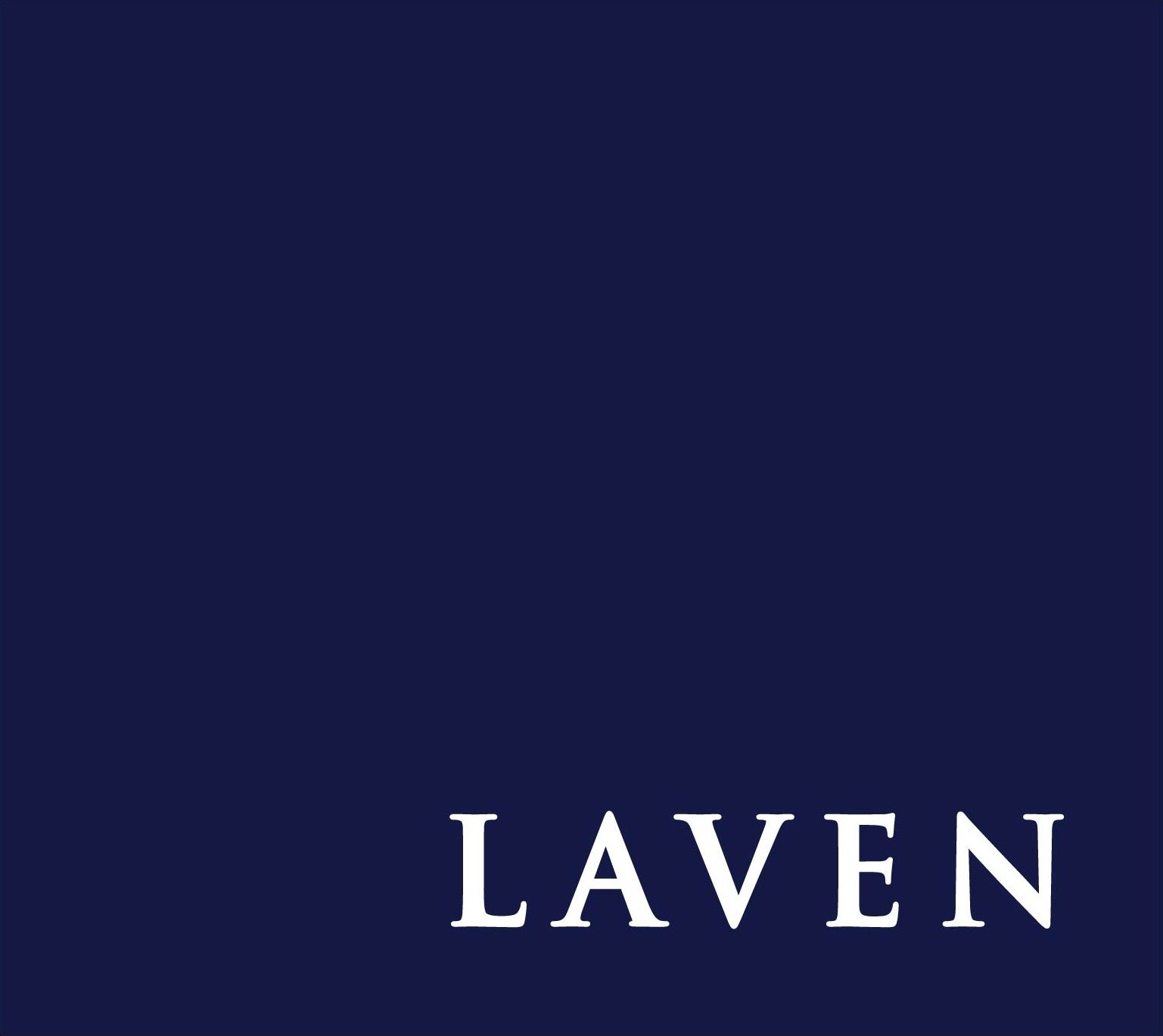For many years, tokenisation was confined to the slide decks of technology evangelists. Today, however, it is a live agenda item in boardrooms, regulators’ workstreams, and sovereign debt management offices. The question for risk and compliance professionals is not whether tokenisation is technically possible, but whether it is a durable shift in market infrastructure or a passing experiment.
The Promise of Tokenisation
Tokenisation refers to representing traditional assets, equities, bonds and funds, on distributed ledger technology (DLT). DLT is a digital record book, a ledger, that is shared across many computers at once. Every time a new transaction is added, it is recorded as a new “block” linked to the chain of prior records. Each block is mathematically secured (encrypted and hashed) so that changing or deleting it would mean altering every block that came after, something that is practically impossible in a properly designed system. Since every user on the network has a copy of the ledger any new entries are validated collectively, this allows for transparency, as network participants can see the same version of the ‘true’ leger. Immutability, the altering of past transactions is exceptionally difficult due to the encryption process. Resilient, it is possible for no single party to control the ledger thus reducing the chances of failure from a single point.
It should be noted that whilst DLT is essentially the technology that powers cryptocurrencies DLT in itself is not a cryptocurrency and is merely the infrastructure for digital assets, such as tokenised bonds.
Advocates of DLT point to potential efficiency gains, such as:
Faster and safer settlement: by allowing “atomic” delivery versus payment (DvP), this allows the transfer of an asset and payment for said asset to happen at the same time in a single indivisible transaction, imagine a suitcase that only opens if two keys (cash and asset) are used at the same time. This differs from traditional settlement systems which use payment rails and securities rails to achieve exchange, typically with a time lag (T+1 etc). Tokenisation could therefore reduce counterparty and operational risk as there is no window where one party has paid for, but not yet received, an asset. The EU’s DLT Pilot Regime[1] explicitly allows trading and settlement of tokenised securities under a controlled, regulatory sandbox[2].
Programmability: coupon payments, eligibility rules, or disclosure triggers can be hard coded into the asset itself, improving compliance and reducing reliance on manual processes. The IMF[3] and BIS[4] both highlight this as a potential structural benefit.
Transparency and auditability: shared ledgers could improve oversight, making compliance monitoring more robust and allowing for easier audit capability. The OECD has noted representations of assets on digital ledgers (digital twins), can enhance transparency of ownership, transfers, and allow for easier reconciliation of records[5]. In practice, this means compliance teams could monitor token flows, validate adherence to eligibility rules or transfer restrictions, and audit the full lifecycle of an instrument without relying exclusively on periodic reporting or manual checks.
New channels for distribution: fractionalisation and 24/7 markets create new avenues for investors, as demonstrated by BlackRock’s BUIDL tokenised U.S. Treasuries fund, currently the largest tokenised Treasury fund with assets around $2.6 billion as of October 2025[6]. As well as via Franklin Templeton’s OnChain U.S. Government Money Fund, NAV $744.53 million as of 31st August 2025[7], and WisdomTree’s Government Money Market Digital Fund, NAV of $832 million as of September 2025[8]. The market for tokenised Treasuries (US T-bills) alone is valued at just over $7.4 billion as of September 2025[9].
The Risks and Realities
Tokenisation is not without serious compliance considerations:
Legal finality remains untested, whilst a DLT ledger itself may be effectively immutable the legal system does not always offer such certainty. As a result, even where a blockchain may say a transaction is settled, true ‘finality’ rests with the laws and regulations of the land which may tell a different story[10]. This is an especially acute risk in cross border transactions where the various regulations at play may have different definitions of finality[11]. Further if a bond token is issued on a permissionless chain and recorded across nodes in different nations, if a dispute arises it may not be clear which legal system should/can litigate the matter. Some jurisdictions have already made proactive steps to address this issue, for example Hong Kong’s tokenised green bond programme was cleared & settled via the CMU which allowed for statutory settlement and finality under Hong Kong law.
Settlement assets matter, in traditional financial market infrastructures, money settlements are conducted in central bank money, which carries no credit or liquidity risk. Tokenisation often relies on commercial bank tokens or stablecoins, and while these arrangements can provide technical functionality, they inevitably re-introduce risks[12] including; the solvency of the issuer, the liquidity of the backing assets, and the robustness of redemption mechanisms[13]. The BIS has however noted that tokenised platforms, if integrated with central bank reserves, could reduce risks and provide a welcome alternative to typical central bank money[14].
Operational resilience is a pillar of trust in any financial infrastructure, in tokenised markets the risk surface expands dramatically. Poorly designed smart contracts may introduce fatal logic flaws which can be exploited, there are numerous examples of this in the wider crypto currency space[15]. It should be noted that at the time of writing there have not been any successful cyberattacks / exploits relating to tokenised T-bills, which have seen significant traction with investors in recent times as explored earlier in this article.
Liquidity remains a key constraint in tokenised markets, although issuance volumes are growing, true secondary-market depth outside pilot and niche projects is often shallow[16], which constrains effective price discovery and investor appetite[17]. Further, tokenisation does not guarantee liquidity, factors such as regulatory gating, investor demand, and market infrastructure matter greatly. It should be noted that this risk may not persist forever, should tokenisation become more adopted as infrastructure evolves liquidity constraints may begin to ease and allow for greater flexibility[18].
Case Studies: Tokenisation in Fixed Income
The fixed income market has become a proving ground for tokenisation. Several noteworthy issuances illustrate both the promise and limitations:
Sovereigns and SSAs:
Hong Kong issued a HK$800 million tokenised green bond in 2023, this was the first sovereign tokenised green bond, settled on a private blockchain with definitive legal records[19].
Hong Kong also issued a HK$6 billion multi-currency offering in 2024[20], the first of its kind to cover HKD, RMB, USD, and EUR. Settlement conducted via the CMU.
Corporates:
Siemens issued & settled a €300 million digital bond in central bank money via the Bundesbank “trigger” solution[21]. Using a permission blockchain (SWIAT). This allowed near instant settlement in central bank money. This followed an earlier issuance in 2032 of a €60 million bond via Polygon[22].
Financial institutions:
Société Générale issued a €10 million digital bond on Ethereum via SG-Forge in 2023[23].
Funds and collateral:
The aforementioned BlackRock’s (BUIDL) & Franklin Templetons OnChain US Government Money Market Fund (FOBXX) are examples of real world use cases fir tokenised funds.
These examples show tokenisation moving beyond pilots and into benchmark-sized issuances, with settlement sometimes occurring in central bank money, a critical compliance milestone.
The Regulatory Landscape
Global regulators are cautiously enabling experimentation while preserving investor protection and systemic stability:
EU: MiCA (Markets in Crypto-Assets Regulation) is fully in force[24], with the DLT Pilot Regime[25] providing a framework for market infrastructures.
UK: the BoE’s Digital Securities Sandbox (DSS)[26] gives firms the ability to issue and settle digital securities under FCA[27]/BoE oversight.
Hong Kong: the SFC has published guidance on tokenised products[28], while the HKMA[29] supports tokenised sovereign bonds.
Singapore: MAS’s Project Guardian[30] aims to commercialise tokenisation across asset classes.
Horizon or Passing Trend?
Tokenisation of fixed income is no longer theory: sovereigns, supranationals, corporates, and asset managers are already deploying it at scale. Yet, whether it represents a new horizon or merely a passing trend depends on resolving settlement finality, legal certainty, and liquidity. For compliance and risk officers, the task is to ensure these innovations are deployed safely, in line with evolving regulatory frameworks, while being clear-eyed about the residual risks. The direction of travel suggests tokenisation will become a durable complement to traditional market infrastructure, however, its full potential will only be realised when regulatory, legal, and operational standards catch up to the technology.
[1] Regulation – 2022/858 – EN – dlt – EUR-Lex
[2] EU’s DLT Pilot Regime – where do we stand one year on and what’s the outlook ahead? – PwC Legal
[3]IMF Working Paper, Information Technology Department, Programmability in Payment and Settlement -Concepts and Implications, Prepared by Xavier Lavayssière and Nicolas Zhang
[4] III. The next-generation monetary and financial system
[5] Tokenisation of assets and distributed ledger technologies in financial markets (EN)
[6] RWA.xyz | Tokenized U.S. Treasuries
[7] Franklin OnChain U.S. Government Money Fund – FOBXX
[8] WTGXX – Government Money Market Digital Fund | WisdomTree
[9] RWA.xyz | Tokenized U.S. Treasuries
[10] Finality is governed for example by the EU Settlement Finality Directive in the EU, and the UK Financial Markets and Insolvency Regulations in the UK.
[11] Tokenisation in the context of money and other assets: concepts and implications for central banks
[12] Stablecoins: risks, potential and regulation
[13] Considerations for the use of stablecoin arrangements in cross-border payments
[14] III. The next-generation monetary and financial system
[15] Smart Contract Vulnerabilities: Case Studies
[16] Liquidity Mechanisms in Real-World Assets: The Empirical Case of Real Estate Tokenization by Ralf Laschinger, Heiko Leonhard, Gregor Dorfleitner, Wolfgang Schäfers :: SSRN
[17] [2508.11651] Tokenize Everything, But Can You Sell It? RWA Liquidity Challenges and the Road Ahead
[18] Tokenized financial assets: From pilot to scale | McKinsey
[19] Hong Kong Monetary Authority – HKSAR Government’s Inaugural Tokenised Green Bond Offering
[20] Hong Kong Monetary Authority – HKSAR Government’s Digital Green Bonds Offering
[21] Siemens issues €300m digital bond settled in central bank money – Ledger Insights – blockchain for enterprise
[22] Siemens issues €60m digital bond on public blockchain – Ledger Insights – blockchain for enterprise
[23] Societe Generale issues a first digital green bond on a public blockchain – Société Générale
[24] Markets in Crypto-Assets Regulation (MiCA)
[25] esma70-460-111_report_on_the_dlt_pilot_regime.pdf
[26] Digital Securities Sandbox (DSS) | Bank of England
[27] Digital Securities Sandbox (DSS) | FCA
[28] Circular on intermediaries engaging in tokenised securities-related activities | Securities & Futures Commission of Hong Kong & Circular on tokenisation of SFC-authorised investment products | Securities & Futures Commission of Hong Kong
[29] HKMA Banking Regulatory Document Repository & HKMA provides guidance to Hong Kong banks on tokenization – Ledger Insights – blockchain for enterprise & Hong Kong Monetary Authority – HKMA launches Project Ensemble Sandbox to accelerate adoption of tokenisation
[30] GUARDIAN




